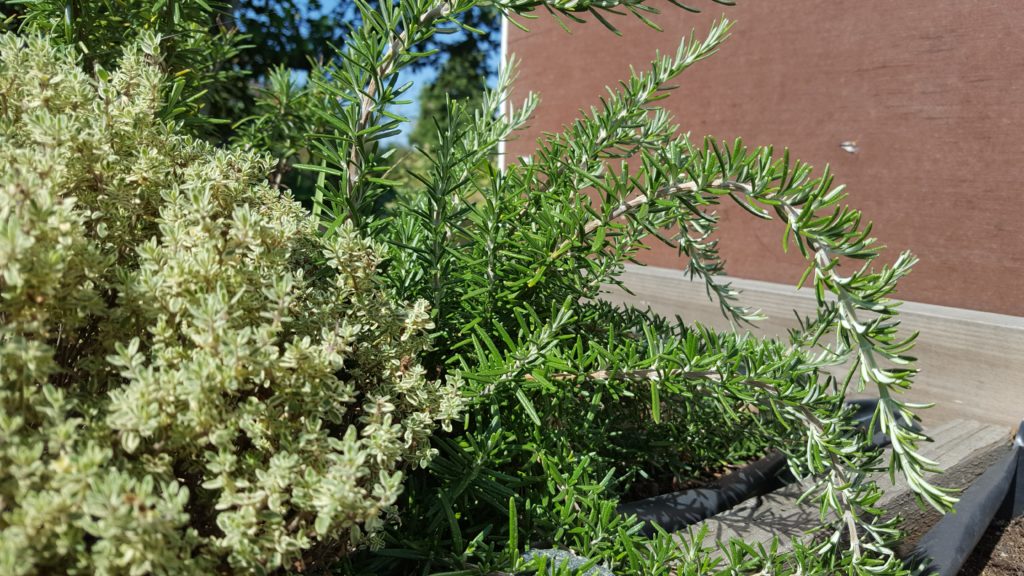
Rosemary
Rosmarinus officinalis, commonly known as rosemary, is a woody, perennial herb with fragrant, evergreen, needle-like leaves and white, pink, purple, or blue flowers, native to the Mediterranean region.
The genus Rosmarinus belongs to the same family of plants as lavender, namely Lamiacae and consists of three species native to the Mediterranean region. All the garden cultivars available today belong to the officinalis species. The other two, lesser known species, areeriocalyx and tomentosus.The name is derived from the Latin ros meaning ‘dew’ and marinus which means ‘of the sea’, popularly ‘sea dew’ in English. Rosemary is symbolic of fidelity, friendship and love, but is principally associated with remembrance. probably because it acts as a stimulant – getting the synapses firing!
Rosemary has been cultivated in the UK since the late 14th Century and its main use beyond the garden is in the kitchen as seasoning, particularly with lamb. It’s wonderful burnt on barbecues where the aroma seasons and where the stouter stems can be used as kebab skewers. (source Downderry Nursery)
Thyme
Thymus are evergreen woody-based perennials, shrub or sub-shrubs with small aromatic leaves and terminal whorls of small, 2-lipped, tubular, purple, pink or white flowers in late spring or summer(source RHS)
Thymus vulgaris ‘Silver Queen’ (in the photo above)
‘Silver Queen’ is a bushy dwarf evergreen shrub to 20cm in height, with small, ovate, dark green leaves edged with creamy-white, and clusters of tiny pale mauve flowers in summer

